.jpg)
.jpg)
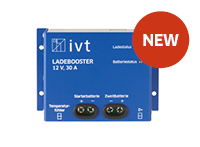 |
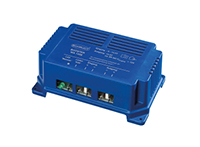 |
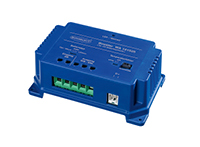 |
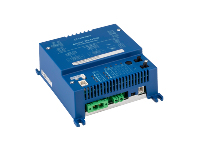 |
|
| Model | IVT Chaging Booster 12 V, 30 A |
Schaudt Chaging Booster WA 1208 |
Schaudt Chaging Booster WA 121525 |
Schaudt Chaging Booster WA 121545 |
| Charging current, regular mode | max. 30 A (30 A mode) | - | 25 A (max. 30 A) | 45 A (max. 70 A) |
| Charging current, caravan mode | max. 10 A (10 A caravan mode) | 8 A (max. 9 A) | - | - |
| Supported battery types | Lead-acid, lead-gel, AGM, lithium |
Lead-acid, lead-gel |
Lead-acid, lead-gel, AGM, lithium |
Lead-acid, lead-gel, AGM, lithium |
| Battery capacity | from 35 Ah | from 35 Ah | up to 300 Ah | min. 80 Ah/max. 700 Ah |
| Temperature sensor | optional accessories | not available | optional accessories | included in delivery |
| Charging characteristic | IUoU | IU constant voltage | IUoU | IUoU |
| E-certificate | yes | no | yes | yes |
| Item no. | 920033 | 920001 | 910000 | – |
| Available set | Charging Booster car set IVT, incl. connection material for batteries |
– | Charging Booster set Schaudt, incl. connection material for batteries |
Charging Booster set Schaudt, incl. connection and sensor set |
| Item no. Set | 920073 | – | 920006 | 920000 |
| Model |
 IVT Charging Booster 12 V, 30 A Charging current regular: max. 30 A Charging current caravan mode: max. 10 A Batteries: from 35 Ah, lead-acid, lead-gel, AGM, lithium Charging characteristic: IUoU Item no: 920033 |
| IVT Charging Booster car set 12 V, 30 A Set incl. connection material to batteries Item no: 920073 |
 Schaudt Charging Booster WA 1208 Charging current caravan: 8 (max. 9 A) Batteries: from 35 Ah, lead-acid, lead-gel Charging characteristic: IU Item no: 920001 |
 Schaudt Charging Booster WA 121525 Charging current: 25 A (max. 30 A) Batteries: up to 300 Ah, lead-acid, lead-gel, AGM, lithium Charging characteristic: IUoU Item no: 910000 |
| Schaudt Charging Booster set WA 121525 Set incl. connection material to batteries Item no: 920006 |
 Schaudt Charging Booster WA 121545 Basic set, incl. connection and sensor set Charging current: 45 A (max. 70 A) Batteries: min. 80 Ah/max. 700 Ah, lead-acid, lead-gel, AGM, lithium Charging characteristic: IUoU Item no: 920000 |
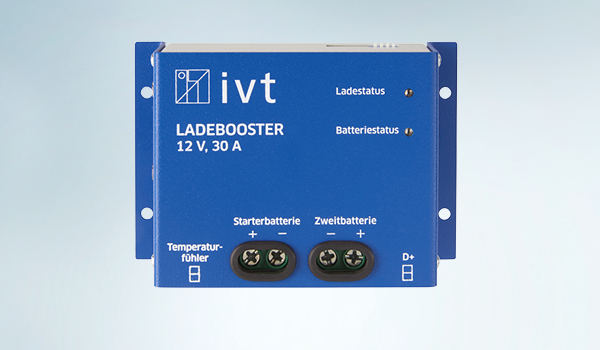
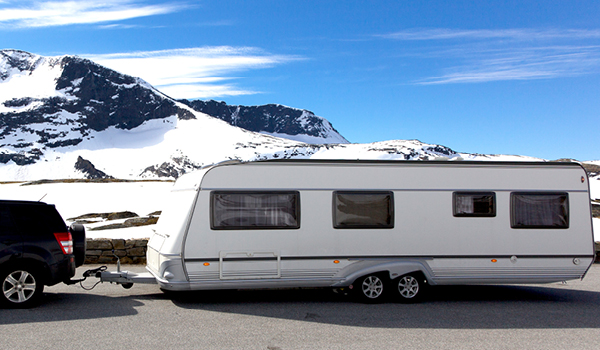
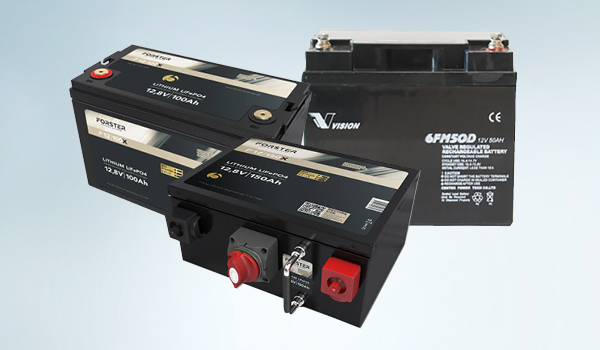
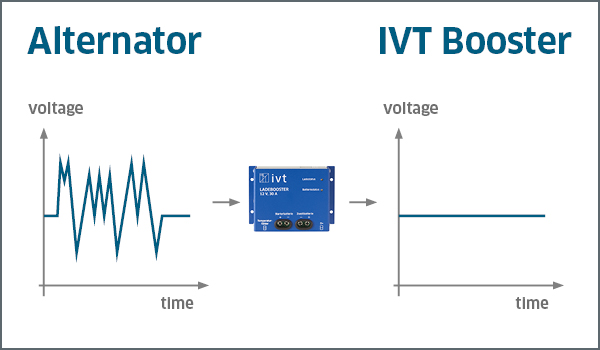

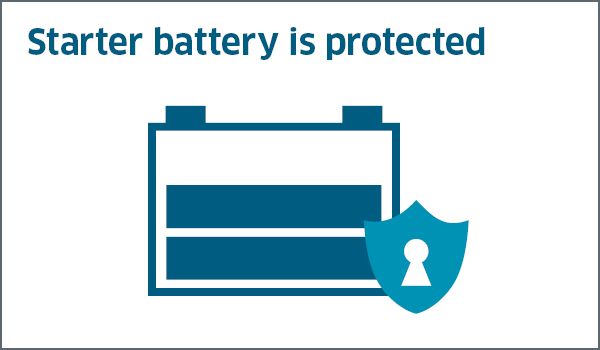

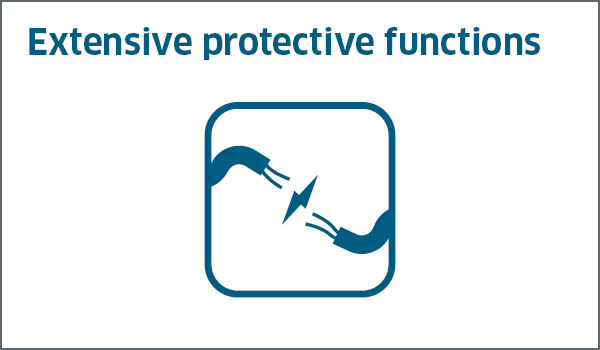
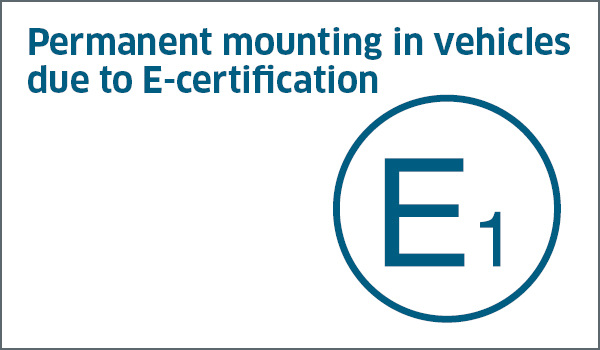


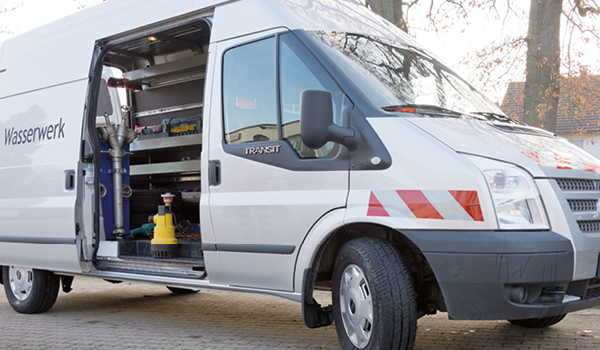


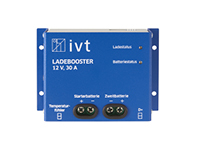 |
 |
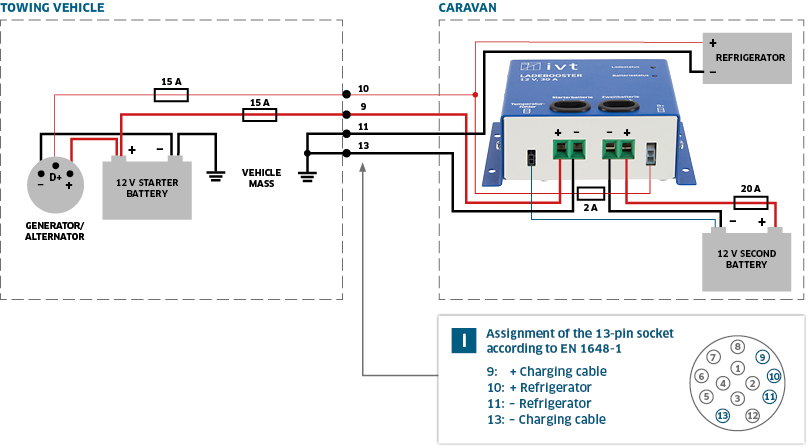
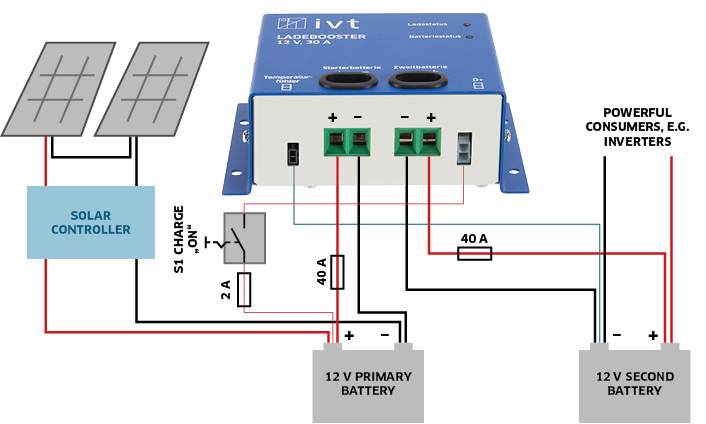
The use of two 12 V systems is recommended for systems in which, for example, consumers with high priority are operated. All important loads (e.g. alarm system or surveillance cameras) should be connected to the primary battery. The primary battery is charged via the solar modules. Consumers with a lower priority can be connected to the secondary battery system (e.g. lighting, electrical appliances, etc.).
In addition, thanks to the IVT charge booster, batteries with different end-of-charge voltages can be charged in an off-grid system (e.g. primary battery = lead-acid; secondary battery = LiFePO4). The intelligent IVT charge booster is equally suitable for lead-acid, lead-gel, AGM and lithium solar batteries from 35 Ah.
The charging booster can be put into operation via the switch (S1) and the secondary battery can also be charged. If the voltage on the primary battery falls below 11.8 V, the charging current is automatically reduced. If the voltage reaches 11.0 V, the charge to the secondary battery is cancelled completely to prevent deep discharge of the primary battery.
Connect the charging booster with the correct polarity according to the wiring diagram above. For further important information on the installation, setting and operation of the IVT Charging Booster, please refer to the IVT Charging Booster operating instructions.
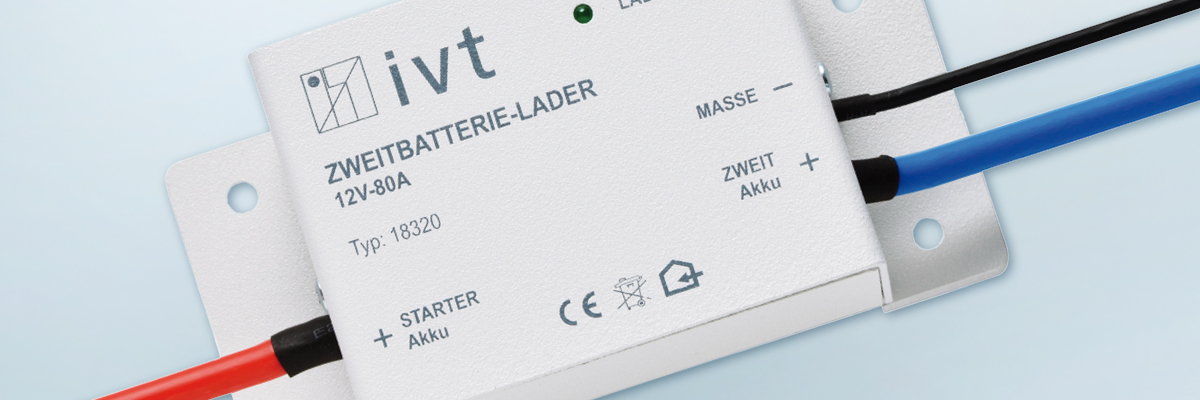


Item no. 920073
Item no. 920006
Item no. 920000
Item no. 920061
Item no. 920003